Price Per Ounce Calculator
To determine the price per ounce, divide the total price by the total weight in ounces. This gives you the cost of each ounce, ideal for comparing products of different sizes.
To determine the price per ounce, divide the total price by the total weight in ounces. This gives you the cost of each ounce, ideal for comparing products of different sizes.
The Price Per Ounce Calculator makes it easy to calculate the cost per ounce of any product. This tool is especially useful for comparing prices on groceries, bulk items, or precious metals.
By converting costs into a consistent per-ounce rate, you can easily identify the most economical options. This calculator simplifies comparisons and allows you to save money and make informed purchasing decisions.
Example 1:
| Step | Calculation |
|---|---|
| Total Price | $5.99 |
| Total Weight | 13 oz |
| Price Per Ounce | $5.99 / 13 |
| Result | $0.46 per ounce |
| Answer | The cost per ounce is $0.46. |
Example 2:
| Step | Calculation |
|---|---|
| Total Price | $12.00 |
| Total Weight | 16 oz |
| Price Per Ounce | $12.00 / 16 |
| Result | $0.75 per ounce |
| Answer | The cost per ounce is $0.75. |
The Price Per Ounce Calculator is a smart tool. It can assist you to find the exact cost per ounce of any item. This tool is equally helpful for comparing prices at the store, calculating the value of precious metals, or managing recipe ingredients.
For doing so, this calculator quickly provides the cost per ounce based on your inputs. Simply enter the total price and weight in ounces, and the calculator will display the per-ounce price, giving you clarity on costs without manual calculation.
Especially useful for budget-conscious shoppers or those dealing with bulk items, this calculator also adapts for various units, including fluid ounces for liquid measurements. It’s equally effective for evaluating items like gold, silver, or other commodities where price per ounce is a standard metric.
In short, the Price Per Ounce Calculator offers a convenient, efficient way to break down costs, making it easier to compare and evaluate the true value of products by ounce.
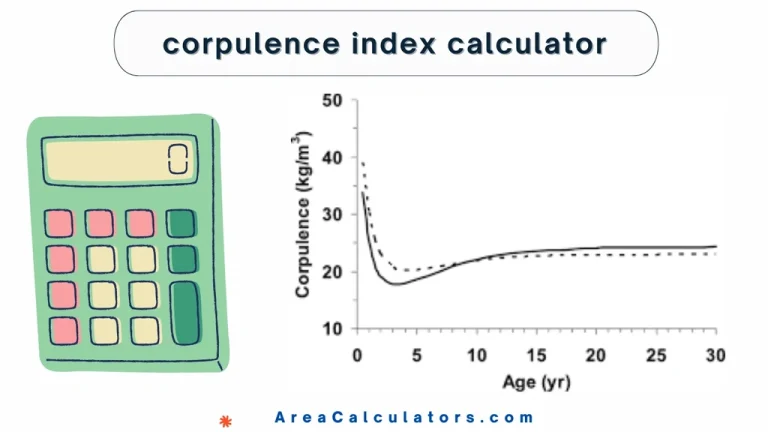
To calculate the Corpulence Index (CI), divide your weight by the square of your height and multiply by 703. This formula helps assess body fatness based on height and weight. The Corpulence Index Calculator works by measuring body corpulence, or fatness, in relation to height and weight. Similar to the Body Mass Index (BMI), it’s…
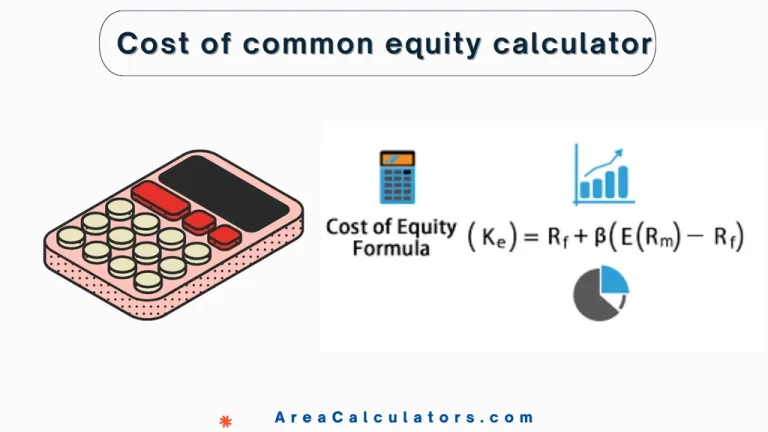
To calculate the Cost of Common Equity (Ke), divide the expected dividend by the current stock price and add the growth rate of dividends. This formula helps estimate the return required by shareholders. The Cost of Common Equity Calculator is a financial tool used to estimate the return that shareholders expect from their investment in…
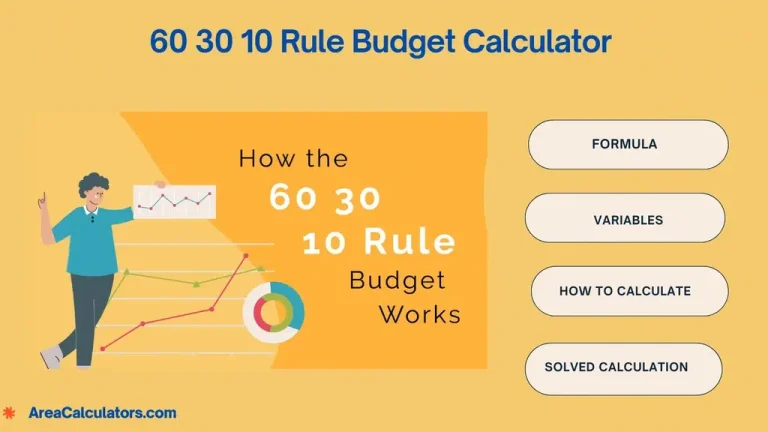
Explore this wonderful 60 30 10 budget rule calculator online, it helps categories your monthly budget in household, saving, income and other expenses! Enjoy Efficient Financial Management.
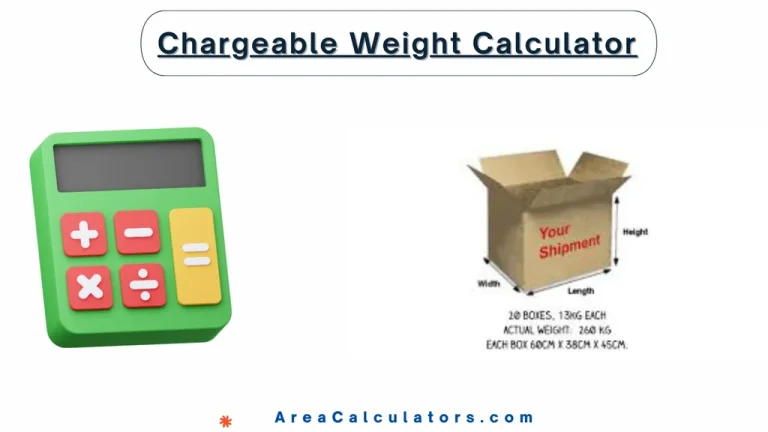
To determine the chargeable weight, compare the volumetric weight (VW) and actual weight (AW). The greater of the two is the chargeable weight (CW) used for billing purposes. A Chargeable Weight Calculator helps determine the weight used to calculate shipping costs, especially in air freight and courier services. The chargeable weight is calculated by comparing…
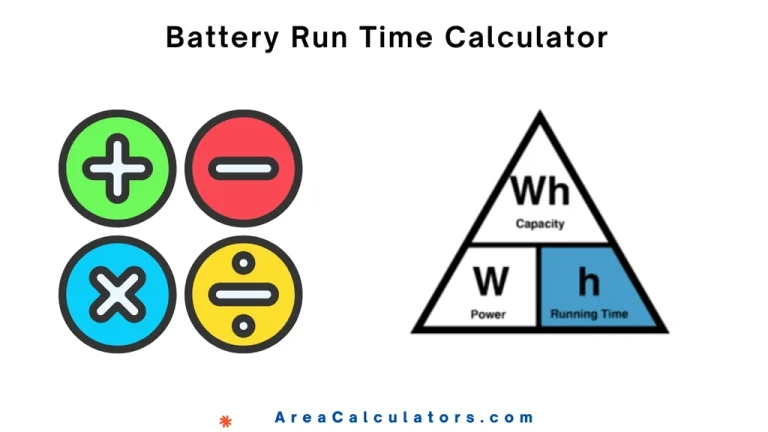
To estimate battery run time, multiply the battery’s ampere-hour rating by 10, then divide by the device’s wattage. The Battery Run Time Calculator is a handy tool for gauging how long a battery will last when powering a specific device. Knowing battery runtime helps you plan power usage, whether for gadgets, vehicles, or backup systems….
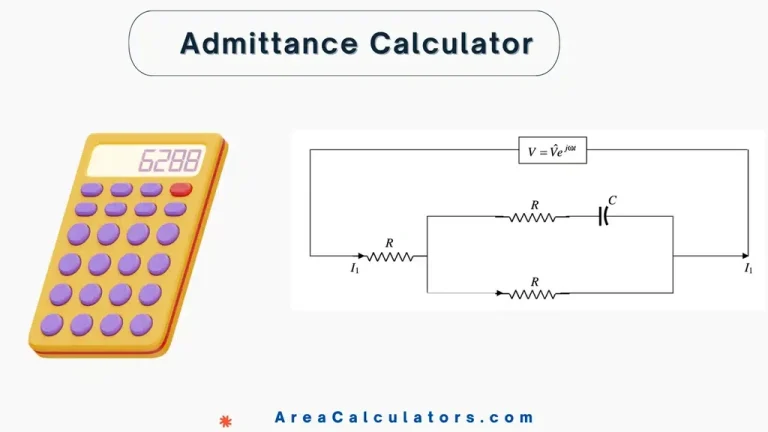
Enter the required values to use our basic and advanced Calculator! Welcome to the Admittance calculator that lets you to easily calculate the admittance of electrical circuits. Admittance is the inverse of impedance and measures how well a circuit allows current to flow. When you input the values of resistors, capacitors, and inductors, it quickly…